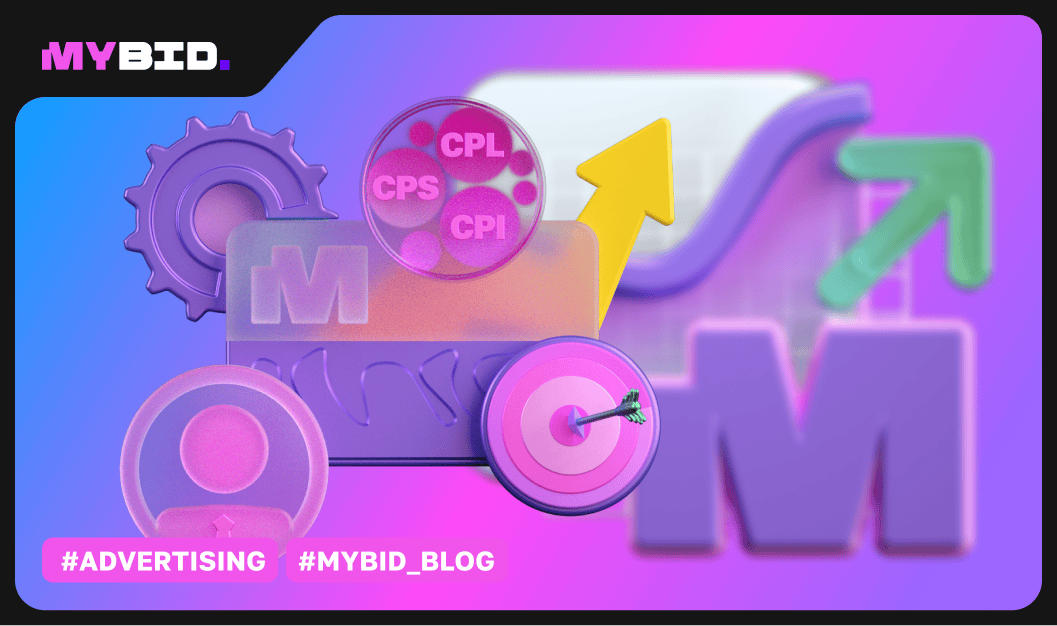
As a marketer, one of your primary goals is to optimize your campaigns and maximize your ROI. To achieve this, you need to have a clear understanding of which marketing channels, campaigns, and creatives are driving the most traffic and conversions. This is where UTM tags come into play.
In this article, we'll dive deep into what UTM tags are, how to create and use them to supercharge your marketing campaigns.
A UTM tag is a little piece of code you add to the end of a web link. It lets you see exactly where your website visitors are coming from — whether it's a specific ad creative, marketing campaign, or landing page.
With UTM tags, you can easily see which landing pages get the most leads, which ads have the most clicks, and which platforms drive the most traffic to your site. This helps you focus your time and resources on the campaign elements that are working best.
UTM stands for "Urchin Tracking Module." Urchin Software created this technology back in 1995, and then Google bought the company in 2005 and built it into Google Analytics.
Today, almost every advertising and analytics platform uses UTM tags to help marketers track the performance of their campaigns.
Using UTM tags is an important strategy for getting the most out of your advertising budget, especially when you're testing different campaigns and ideas. UTM tags are special codes you can add to your website links that help track where your website visitors are coming from and what they're doing on your site.
The main benefit of using UTM tags is that they allow you to identify which of your advertising approaches is performing the best. By closely monitoring the data on individual campaigns, landing pages, and traffic sources, you can figure out which ones are driving the most valuable customers. This lets you focus your advertising spending on the highest-performing elements.
Beyond just optimizing your budget, UTM tags provide a few other useful advantages:
A regular web link just has the basic website address, like the one below:
But a link with UTM tags has some extra information added to the end of the URL to help with tracking and analytics:

UTM tags consist of five parameters that provide details about the traffic source and campaign. Three of these parameters are required, and two are optional.
Required parameters: These parameters are essential for analytics services to correctly determine the source of traffic and generate accurate statistics. They include:
Optional parameters: These parameters are used for advanced analytics. They include:
In addition, it is important to take into account the syntax rules. To ensure UTM tags work correctly, follow these syntax rules:
When managing a large number of ads and campaigns, it is more convenient to use dynamic parameters. These values are enclosed in curly braces {xxx}. Dynamic UTM tags adapt to user actions, allowing you to avoid manually numbering hundreds of ads and quickly highlight the most common keywords that users click on.
For example, different platforms offer their lists of dynamic parameters. Yandex Direct and Google Ads each have their own sets of parameters.
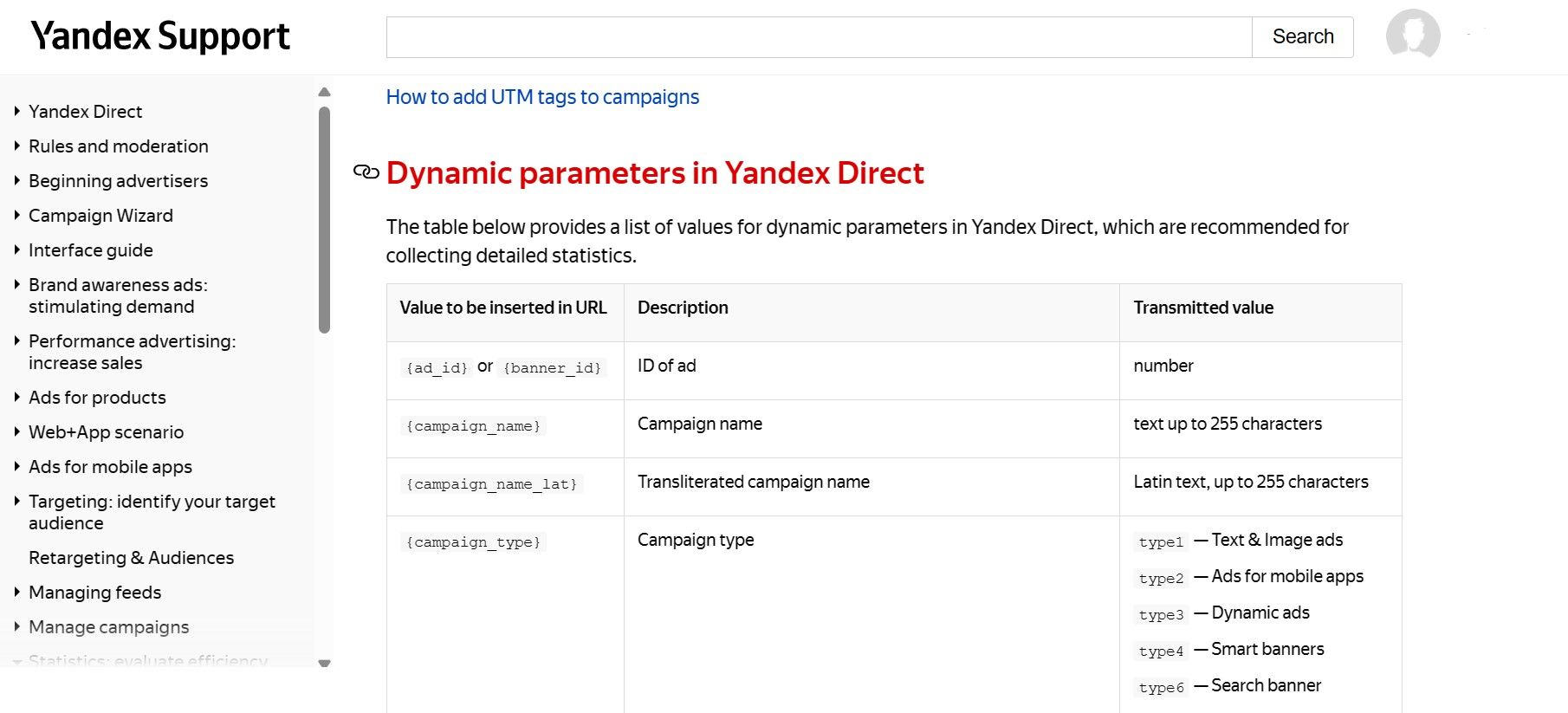
Affiliates can create UTM tags manually or by using special services known as link generators. Here’s how it works:
Sometimes, websites automatically add UTM tags to links, which simplifies the analytics process.
Initially, UTM tags were only used with Google Analytics. Now, this technology is available on almost any similar platform. However, the setup process can differ slightly. Below, we’ll look at how to add a UTM tag in Google Ads and Facebook.
Setting up UTM tags in Google Ads is a bit more complex than on other platforms. Here’s how to do it:
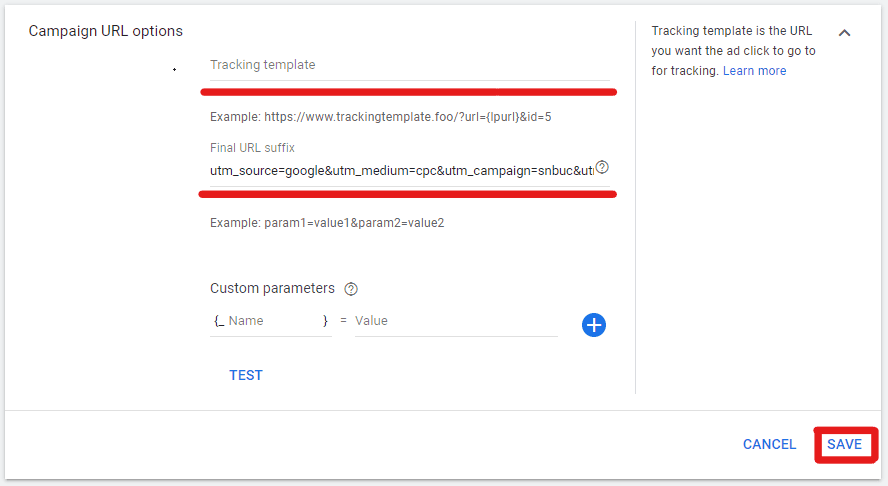
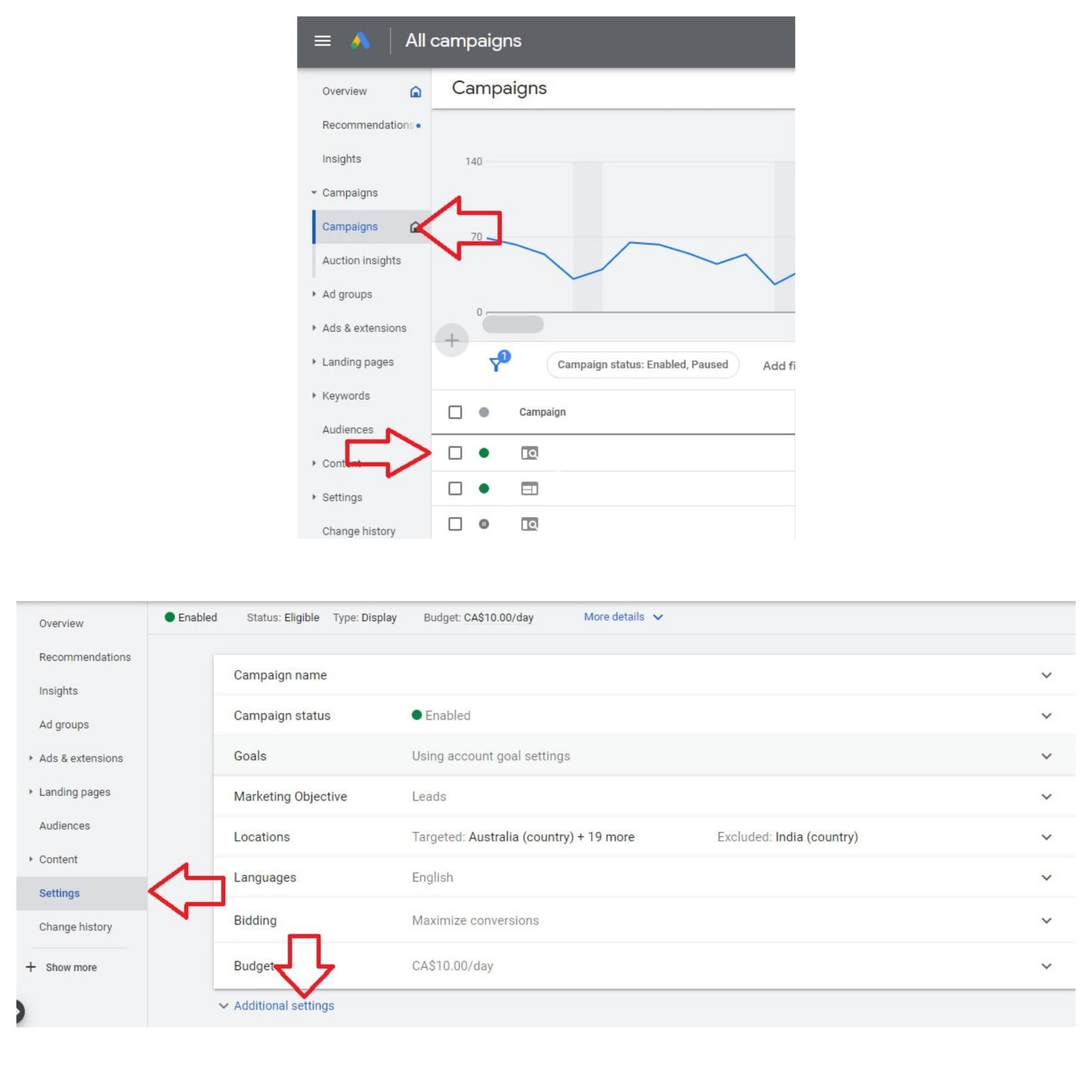 Facebook Ads
Facebook AdsTo set up UTM tags in Facebook Ads Manager:
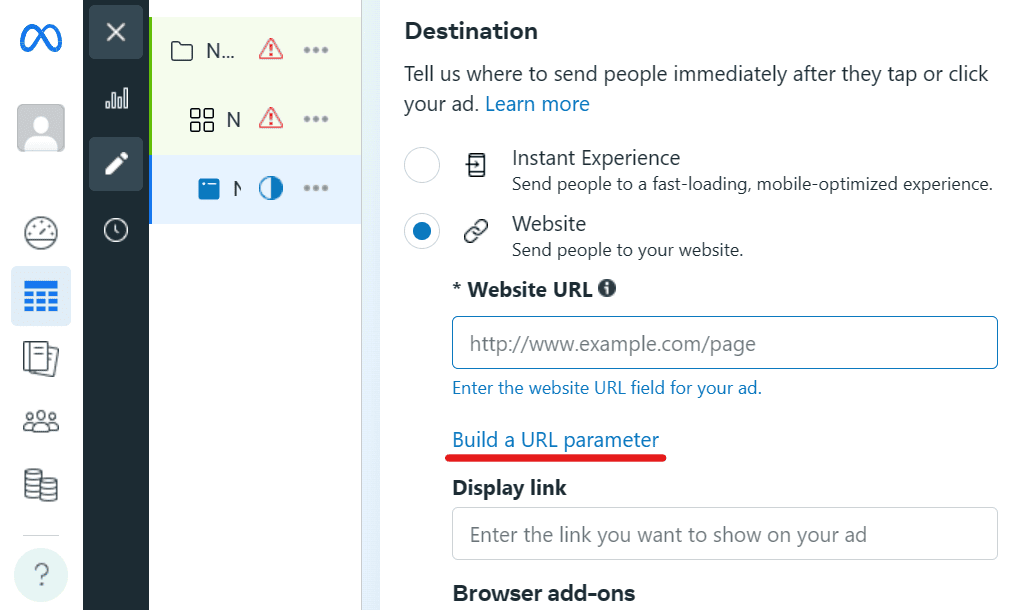
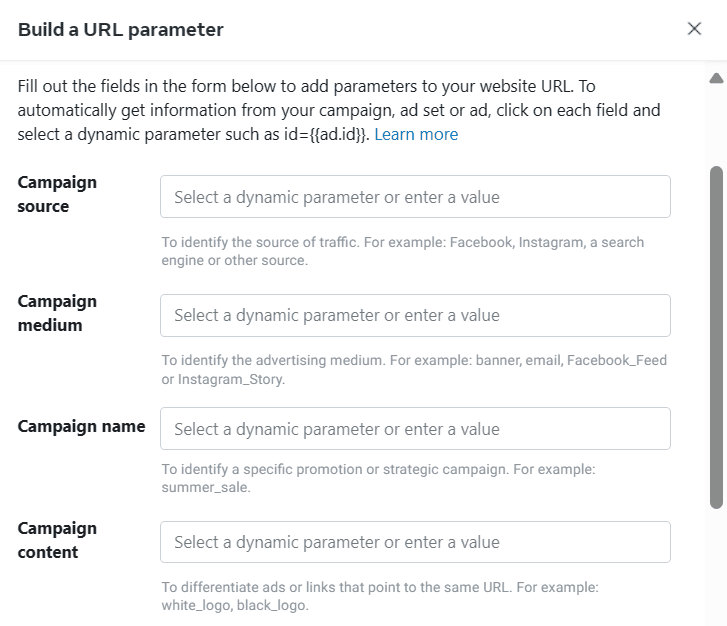
AMP, or Accelerated Mobile Pages, are specially adapted for mobile devices to load content and ads quickly, even with a low Internet connection. For affiliates, AMP is useful for two main reasons:
For affiliates, AMP is useful for two reasons:
Affiliates can install a UTM tag on AMP if the chosen platform supports such technology. Installation instructions can be found in the service documentation.
When working with UTM tags, affiliates often make several mistakes that prevent analytics systems from collecting data on advertising campaigns. To avoid wasting your budget and obtain relevant statistics, consider the following tips:
Filling out those spreadsheets by hand can be a real pain though. It takes up a lot of time that you could be spending on actually improving your ads. Luckily, the MyBid advertising network gives each affiliate their own personal manager who can handle all that administrative stuff for you, which saves you a ton of time.
If needed, you can shorten your tags using URL-shortening websites. But make sure to double-check that the shortened tags are still working properly afterwards. Most regular users won't even notice the UTM tags in the links, so shortening them is really just for your own convenience as an affiliate.
Another thing to keep in mind is the order of the UTM parameters. For example, Yandex.Direct wants them in this order: utm_source, utm_medium, utm_campaign, utm_content, utm_term. Google Ads is more flexible and will accept them in any order.
To make your life easier and avoid mistakes, we really recommend using a UTM tag generator tool. It'll save you time and make sure your tags are set up correctly.